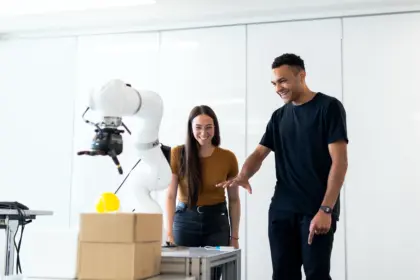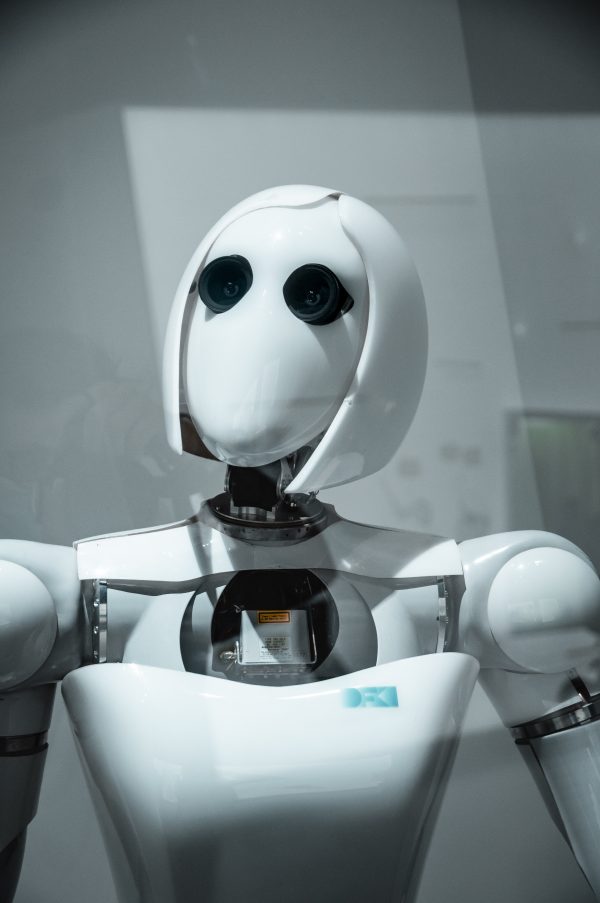Collaborative Robots: The Benefits of Human-Robot Collaboration in Manufacturing

Collaborative robots, or cobots, are a type of robot designed to work safely alongside human operators. These robots are becoming increasingly common in manufacturing facilities around the world, and for good reason. In this blog post, we'll explore the benefits of human-robot collaboration on the factory floor, and how cobots are changing the face of modern manufacturing.
Improved Safety One of the primary benefits of using cobots in manufacturing is improved safety. Cobots are designed to work alongside human operators, without the need for physical barriers or safety cages. This means that they can help to reduce the risk of accidents and injuries, while still allowing for efficient and effective production.
Increased Productivity Cobots can also help to increase productivity on the factory floor. By working alongside human operators, cobots can assist with repetitive or physically demanding tasks, freeing up workers to focus on more complex and value-added activities. This can help to improve overall efficiency and output, while also reducing the risk of worker burnout and injury.
Reduced Costs Another key benefit of using cobots in manufacturing is reduced costs. Unlike traditional industrial robots, cobots are designed to be affordable and easy to implement. This means that even small and medium-sized manufacturers can take advantage of the benefits of automation, without the need for a large capital investment.
Improved Quality Control Cobots can also be used to improve quality control in manufacturing. By working alongside human operators, cobots can help to ensure consistent and accurate production, reducing the risk of defects and errors. This can help to improve product quality and customer satisfaction, while also reducing the need for costly rework or scrap.
Collaborative robots are changing the face of modern manufacturing. By working alongside human operators, cobots can help to improve safety, increase productivity, reduce costs, and improve quality control. As manufacturing continues to evolve, it's clear that human-robot collaboration will play an increasingly important role in the factory of the future.
